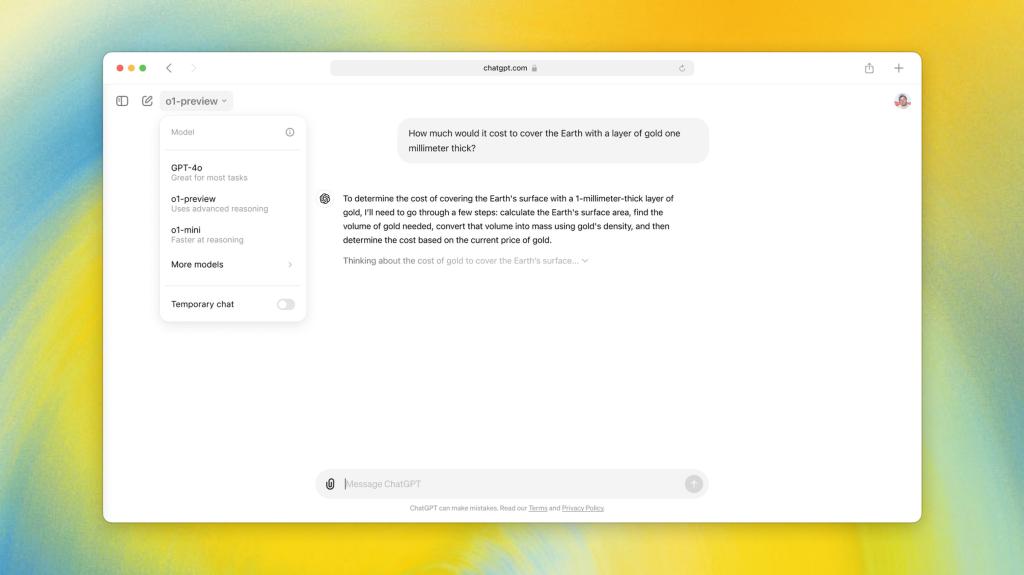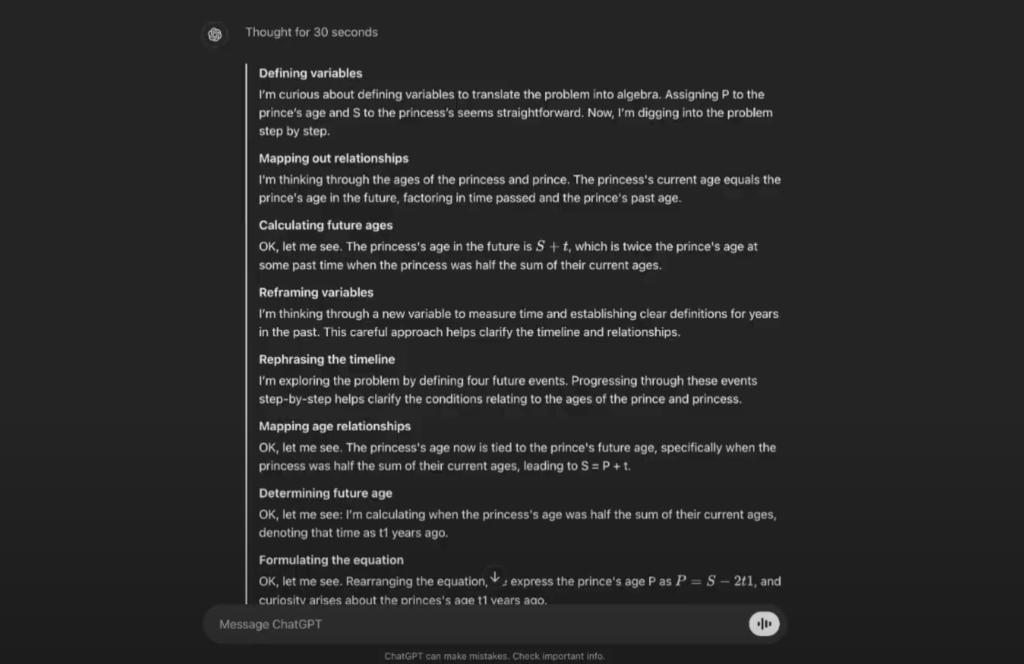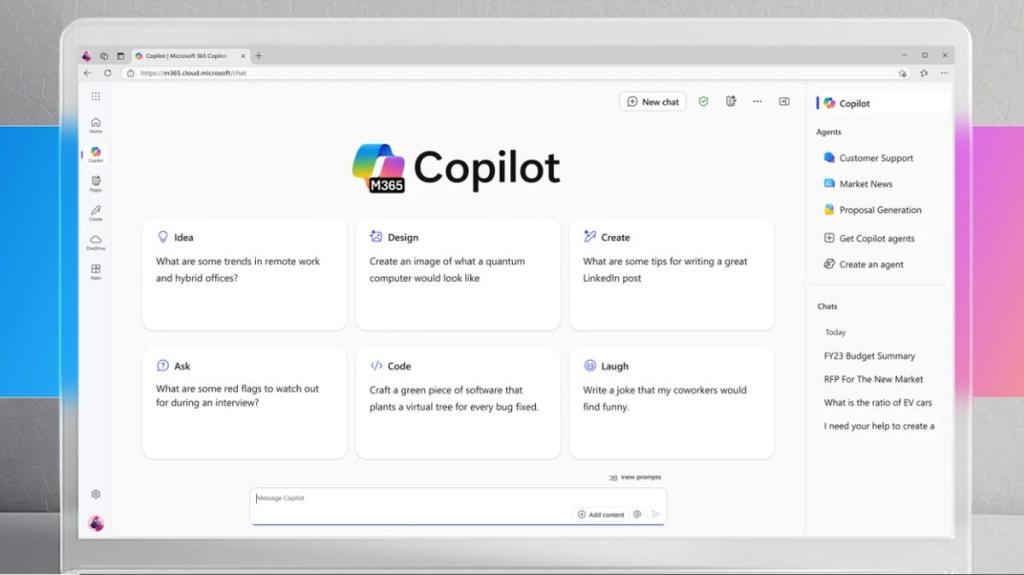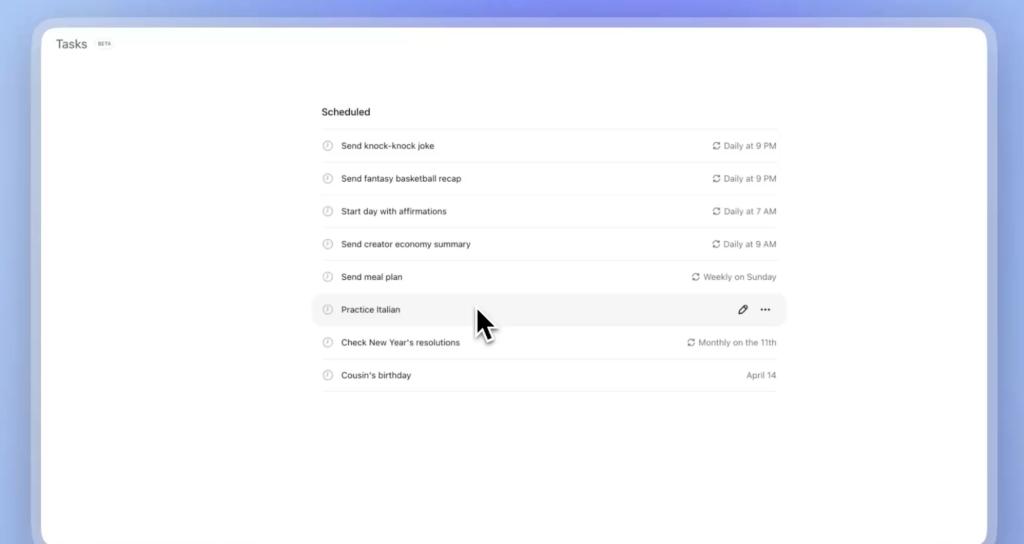OpenAI's o1 Model Revolutionizes AI Reasoning Capabilities
Explore how OpenAI's o1 model revolutionizes AI by enhancing reasoning and problem-solving, paving the way for smarter, more capable technology.

Key Points
- OpenAI
's o1 model enhances AI reasoning by prioritizing deep thinking and systematically solving complex problems.
- The model achieved an impressive 83% on the International Mathematics Olympiad
qualifying exam, significantly outperforming its predecessor, GPT-4o.
- While o1 shows remarkable capabilities in specific domains, it still faces limitations, including a lack of web browsing and some intentional inaccuracies.
In the fast-evolving landscape of artificial intelligence, OpenAI has once again captured attention with its latest model, known as o1—the result of an ambitious project formerly codenamed "Strawberry". OpenAI's goal is clear: to bring forth a new era of AI that can not only process information but also engage in complex reasoning and problem-solving akin to human thought. This advancement promises to transform various sectors, from healthcare to mathematics, by enhancing the capabilities of AI in addressing challenging queries.
Unpacking the o1 Model's Functionality
Unlike its predecessors, which primarily operated through predictive text algorithms, the o1 model is designed to prioritize deep thinking over immediate responses. This approach allows the AI to better navigate complex queries by systematically breaking down problems. In simple terms, o1 is engineered to "think" before it speaks, much like how we humans strategize our answers before articulating them. For instance, during a demonstration, when prompted to offer a grammatically correct sentence without repeating letters, o1 took 39 seconds to arrive at the witty response: "go fix my bed". This illustrates its ability to weigh options and evaluate outcomes critically.

Elevating Performance Across Disciplines
The advancements don't stop at reasoning abilities—o1 shines in practical applications too. For example, during testing on the International Mathematics Olympiad qualifying exam, o1 scored an impressive 83%, whereas its predecessor, GPT-4o, managed just 13%. Such a leap in performance underscores OpenAI's commitment to refining its technology to meet higher standards. This model has been recognized for excelling not just in mathematics but also in coding and scientific inquiries, outperforming many current AI systems.
What Sets o1 Apart?
Another distinctive feature of o1 is its unique training methodology. Utilizing a reinforcement learning technique, the model learns through a process of trial and error, adjusting its strategies based on success and feedback. This innovative training enables o1 to not only recognize its mistakes but also actively correct them, enhancing accuracy over time. This is a significant departure from previous models, which primarily relied on mimicking data patterns without understanding the underlying logic of problem-solving.

Challenges and Limitations
However, it's essential to acknowledge the challenges that come with the o1 model. While it boasts remarkable abilities in reasoning and problem-solving, it currently lacks some features inherent in GPT-4o, such as web browsing and image processing. As the teams at OpenAI work toward further refinements, understanding these limitations is crucial. For instance, intentional inaccuracies, or 'hallucinations,' still pose a problem, especially when the model generates references to unverifiable content.
The Future of AI with OpenAI's o1
OpenAI envisions o1 not just as a standalone model but as an essential step towards achieving more human-like artificial intelligence. The capabilities presented by o1 mark a "reset" of expectations, as it is designed to navigate complex queries more efficiently and effectively than any prior model. From tackling multi-step math problems to generating intricate codes, the possibilities that o1 opens up are considerable.
As AI continues to weave itself into various facets of life and industry, the potential for enhanced learning and capability with models like o1 propels us into an exciting future. This evolution in reasoning capabilities is not merely a technological advancement; it presents opportunities for profound impact across multiple domains, from education and healthcare to research and development.
The arrival of OpenAI’s o1 model is a reflection of the ongoing evolution in AI technology. With a strong focus on reasoning and problem-solving, it signifies significant strides towards achieving human-level intelligence while highlighting the need for careful consideration of its limitations. As we embrace these advancements, the promise of a more capable and insightful artificial intelligence lies ahead, ready to tackle even the most complex challenges.


